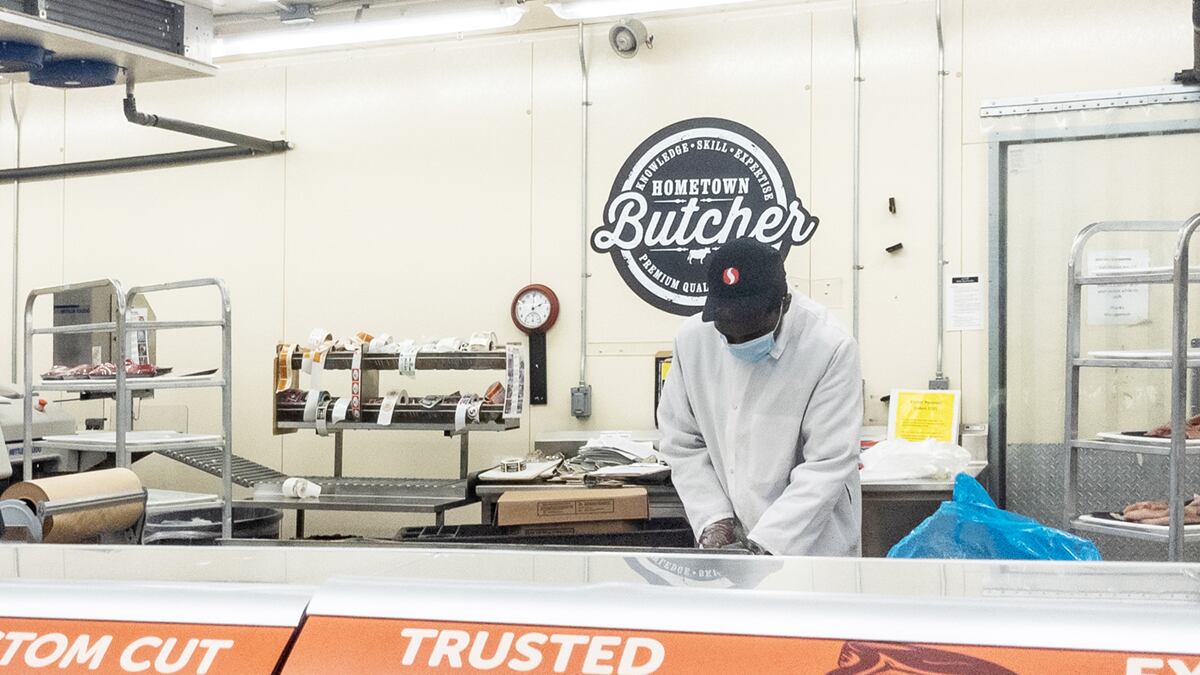Oregon Gov. Kate Brown has pledged racial equity in her effort to curb the pandemic, pledging to direct vaccines to the state's hardest-hit communities of color.
By that measure, Oregon is failing.
Latinx people account for more than a third of Oregon's COVID-19 cases in which ethnicity is known. Yet nearly three months into the vaccination campaign, just 4% of Oregonians who've received a vaccine are Latinx, although they account for 13% of the state's population.
"The structural racism we saw in the infection rates of the pandemic are also playing out in lack of access to the vaccine," says Serena Cruz, executive director of the Virginia Garcia community health clinics.
That makes it all the more baffling that the COVID-19 vaccine isn't being made available to workers who leave their homes and confront the risk of infection every day—and are often people of color.
In January, the Oregon Legislature's BIPOC Caucus proposed an elegant solution to ensure that people of color received access to vaccine doses. Just get needles in the arms of workers who bring Oregonians their food: farmworkers, meat packers and grocery workers.
"We appreciate your focus on racial equity," the lawmakers wrote. "However, these frontline and essential workers…are disproportionately BIPOC, and by prioritizing frontline and essential workers and communities, we are centering BIPOC communities."
Nationally, 1 in 5 grocery store workers are Latinx, according to the U.S. Bureau of Labor Statistics.
The plan offered the added benefit of preventing COVID-19 outbreaks from disrupting the food supply at any stage in the delivery chain.
Brown kept her end of the bargain for farmworkers and laborers in food processing plants. They become eligible for the vaccine March 29. But she left out grocery workers until May 1.
By contrast, Washington will allow grocery workers to start getting vaccines on March 22.
Groups advocating for equity have asked for a series of changes in the timeline, including giving grocery store workers higher priority. The dispute has become perhaps the highest-profile battleground of the governor's vaccine policy.
"I would just like to see grocery store workers bumped up as well," says state Rep. Andrea Salinas (D-Lake Oswego). "A lot of our BIPOC communities are these essential workers and are minimum-wage workers on the front lines."
Others are more blunt.
"The prioritization guidelines established by the Oregon Health Authority didn't intend to be racist, but their effect is racist," says Virginia Garcia's Cruz. "You pick groups that don't reflect the diversity of the population, you will have the effect you see. There's a direct line to the groups that were picked to be vaccinated first."
Brown's office responds that she is giving grocery workers priority—just not until May 1. She chose to prioritize people with underlying medical conditions, who are also disproportionately people of color.
"Because Oregonians with underlying health conditions are more at risk to COVID-19 than others, it was critical to ensure they could be vaccinated as soon as possible," says Brown spokesman Charles Boyle. "These are tough decisions, and scarce vaccine supplies mean we can't vaccinate everyone at once."
The equitable distribution of vaccines is not a problem unique to Oregon. Connecticut, for example, faces a federal civil rights lawsuit charging discrimination on the basis of race (as well as disability) for failing to include the full range of frontline workers and for not yet allowing people with key health problems to get the vaccine.
To be sure, Oregon plans to open up vaccines to groups likely to include substantial numbers of people of color: factory workers and farmworkers.
And in a nod to equity, the state is allowing Virginia Garcia clinics, which serve a diverse population in Yamhill and Washington counties, to vaccinate all their patients beginning March 5. Two other community clinics serving diverse populations will also be part of the program. Virginia Garcia officials say they hope to vaccinate 5% of the population of Washington and Yamhill counties over the next 12 weeks, looking to reach the most at-risk groups first.
But the loudest controversy right now remains the dispute over grocery workers.
In the early part of the pandemic, grocery store workers were a key part of the state's essential workforce that had to show up every day.
"Grocery store employees are frontline workers who are risking their health to feed their communities," Gov. Brown posted July 16.
Some of those workers now fear they are placing their communities at risk.
One Safeway worker and United Food and Commercial Workers Local 555 member who lives in Wilsonville and tested positive for COVID-19 last month is convinced he got sick at work, after co-workers exhibited symptoms but weren't sent home and didn't get tested.
His first thought was for the high-risk customers encouraged to come in the first hour the store was open, which overlapped with his shift.
"It's absolutely necessary," he says of vaccinating workers. "It would protect our customers too."
